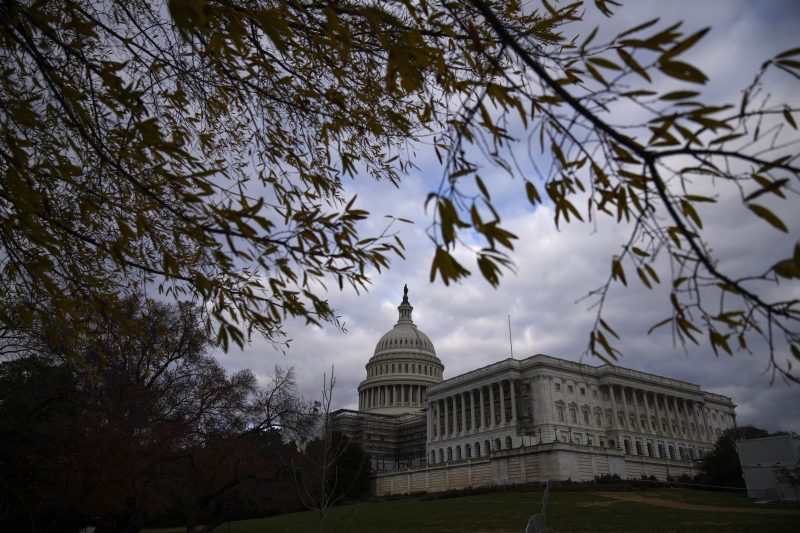In a few weeks, congressional Democrats will lose their majority in the House. With that loss, the party will no longer have its trifecta at the national level: control of both chambers of Congress and the White House, a setup that facilitates (though doesn’t necessarily ensure) smooth passage of desired legislation.
In other words, Democrats have a few holiday-interrupted weeks in which to pass bills that their party would like to enact. This promises to be a busy lame-duck session — as other recent post-election periods with transitions of chamber control have also been.
We pulled data on the number of votes taken each month from August through the end of a Congress (which can stretch into the following year) since the 101st Congress, which began in 1989. What we found was that changes in control of the House and Senate have been happening more often — and so have lame-duck-period votes.
It’s easier to skim visually. Lame-duck periods with hatching indicate flips in the House or Senate and, where appropriate, the loss of a party trifecta.
A few things to notice. First, that Congress does less in August than it used to, something worth pointing out at every available opportunity. Second, that the flips in control of the chamber seem to line up with more activity in that chamber in the lame duck.
For example, notice the lame-duck period of the 113th Congress. Democrats lost control of the Senate … and then held nearly 100 votes in the lame duck. When Republicans lost the House in 2018, there were 85 votes during the lame-duck period. After 2020, control of the Senate was still uncertain until the very end of the Congress (thanks to the late runoff elections in Georgia). But it seems likely that the risk of losing control contributed to the 70 Senate votes held in the lame-duck period for that Congress.
In lame-duck periods after control of the House switched parties, the House held 37 votes on average, compared with 13 votes in lame-duck periods in which control didn’t shift. For the Senate, the average after a flip was 39 votes, compared with 15 votes in non-flip years.
Democrats on Capitol Hill have already promised to make this particular lame-duck session an active one. We should not be surprised, given recent history.

